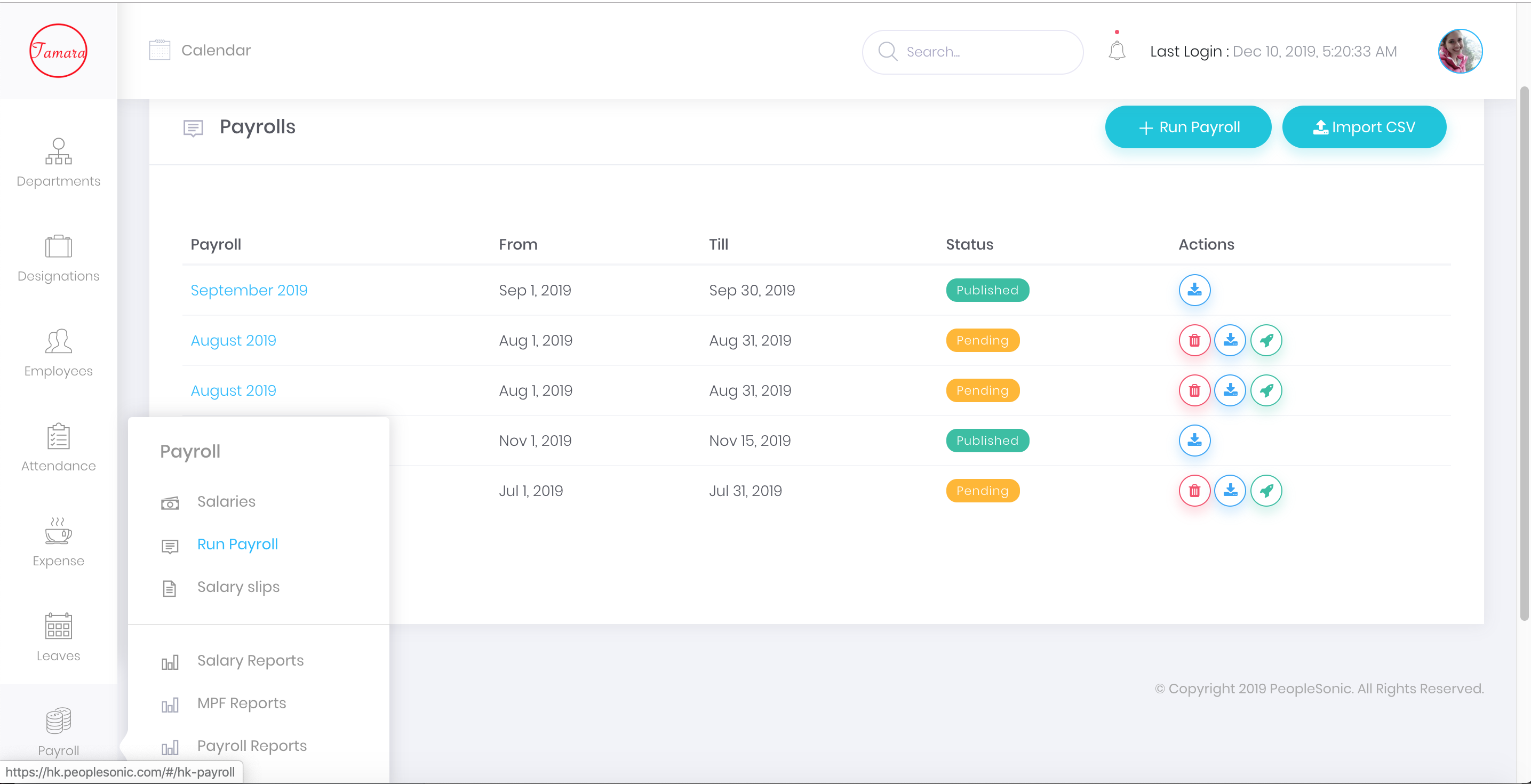
With the rise and spread of the novel Corona Virus, the globe faced an economic decline. The aftershock of the pandemic is still in action as many organizations and businesses are cutting down costs to stay afloat. Therefore downsizing and scrapping projects is an executive decision business leaders often tend to make, this does come at the price of discarding potentially valuable ideas to cut costs.
Though straight up removing an idea or ongoing project may reduce costs initially, it often scraps investment of both time and money with it. Instead of eradicating a running program, a wiser option would be to optimize your budget according to your expenditure and cost. The goal is to ultimately find balance in the books and maintain the business growth, by taking the cost optimization route this is easily achieved without altering any long-term business plans.
Working around your finances and optimizing your costs can be achieved in a variety of ways, here you can follow 5 effective strategies to get you on your way.
Aligning Short Term Business with Long Term Value:
Alongside the global shift, business models have also kept up with the times, and working remotely is the new norm. Therefore organizations that successfully adapted to this transition have handled the market pressure with ease, this short-term shift is the result of a few things. Functioning as a digital yet functional team, which means hiring mixed personals in each department to accommodate wage bill leniency. Full-time and Part-time employees will not only maximize the output required but sufficiently reduce salary costs, the same can be said about one-off contracts with freelancers which can be tied into planned or running projects. This creates an adaptive workforce and maximizes the division of work upheld by an employee.
Re-work remuneration and benefits:
Hard-workers and deserving employees should always be presented with bonuses and benefits which is a reflection of their commitment, that said, creating a complex compensation or incentive plan may help the cost-cutting cause. A model built around employee tracking and work metrics would be the ideal yet flexible cost optimization technique. The correct performance and data analysis of employees, in line with a refined compensation plan, will help evaluate the deserving candidates efficiently, which works entirely off of the return on investment concept.
Redefine Processes for efficient and effective service delivery:
For an efficient and effective system to be laid out, most if not all kinks need to be ironed out to ensure consistent performance. In terms of direct business, whatever metric gets measured is the one that gets managed. Therefore successful businesses will opt to test their HR departments’ procedures to eradicate performance loss and overall financial waste. Responsibilities to ensure SOP’s and system rules are divided along the hierarchy from the
Stakeholders and Managers to the bottom level employees. Similarly, input from the users and customers brings a new field of view to be worked on.
Re-examine Cost Optimization within HR Service Delivery Systems:
Organizations existing on an expired or old model may be experiencing success, however new room for growth amongst shared HR service models is minimal which reduces areas to optimize cost savings. Having a standard and consistent system not only simplifies the tangle of commands but rather opens up an opportunity for cost-effective techniques as well. A key example would be the recruiting process, where each organization tweaks the set standard to accommodate hiring employees by their needs, however, this constant updating and tweaking lengthens the process revealing a completely different sub-process as a result. A solution would be to unite similar processes which can be utilized to create an efficient and set model for Service Delivery.
Review HR Technology:
As teams and organizations expand so do their HR systems. The sheer burden and size of ever-growing HR needs are met by HR technology which simplifies the processes to improve efficiency and performance. However such systems come at high or unconventional pricing schemes which may not cater to all business models. Monitoring the effectiveness of the system in place is vital for HR leaders to understand and pick out. Underutilized systems or add-ons should be removed to boost the cost optimization and invest the sum in other departments which are ensured to thrive.
Boosting employee engagement and running advanced HR systems with the help of advanced digital tools and a cost-optimized payment plan such as the complete HR management of PeopleSonic is the modern way to go! Such software allows you to work with your employees and focus more on their engagement and productivity whereas the automated functionality does the rest for you. Keeping employees engaged with an online learning curve will not only help the development of related skills but ease their workload, which are all signs of a healthy workspace and engaged employee!







